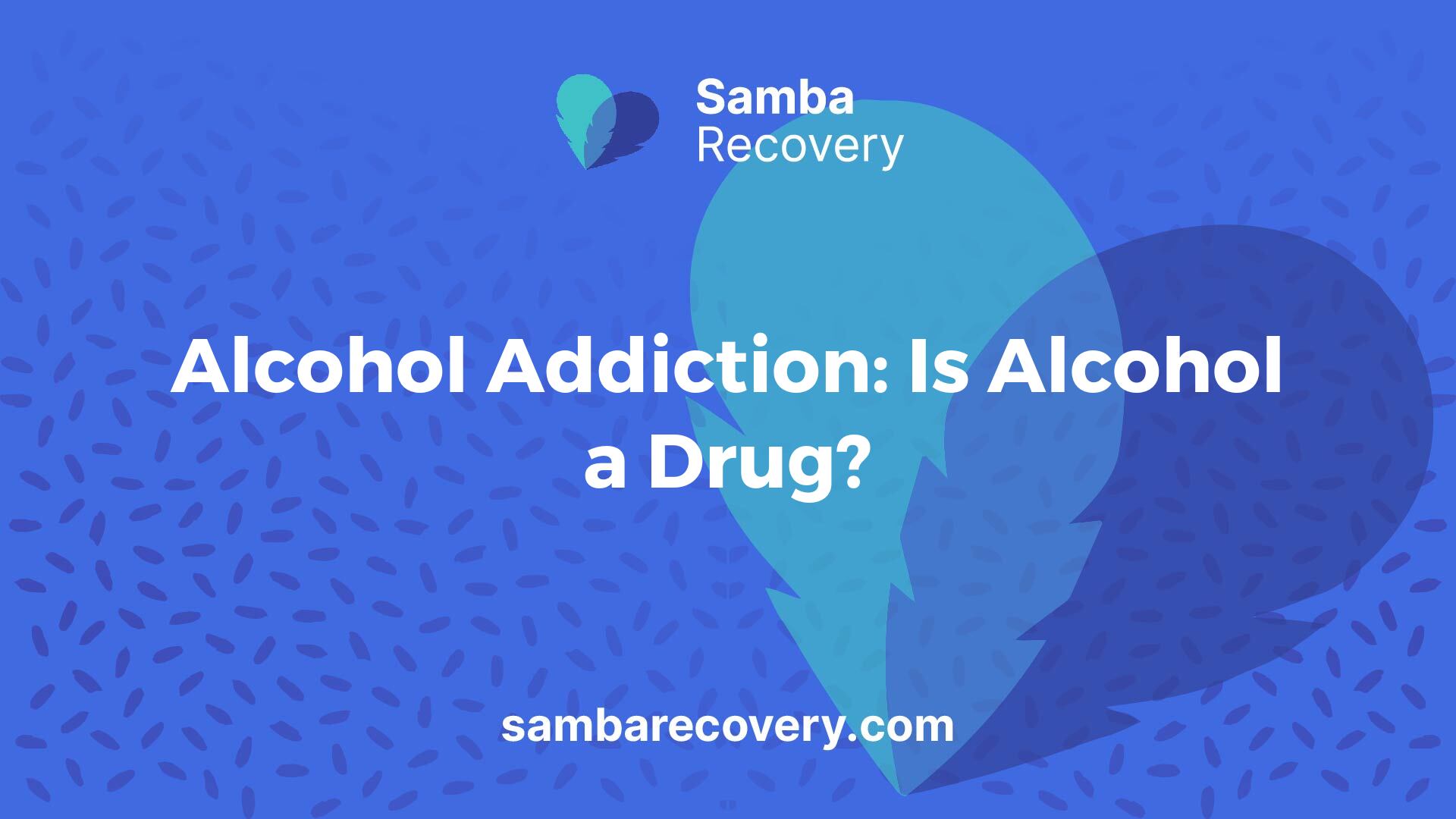
Alcohol Addiction: Is Alcohol a Drug?
Understanding whether alcohol can be categorized as a drug involves examining its definition and the regulatory bodies that oversee it. The implications of this classification are significant in addressing issues related to alcohol addiction.
Understanding the Definition of a Drug
Alcohol is recognized as a drug, particularly when one considers its potential for abuse. A drug is any substance that alters an individual’s mental state or bodily functions. According to the NCBI Bookshelf, alcohol modifies consciousness and can lead to physical dependence, making it a substance of concern from both medical and social perspectives.
The World Health Organization (WHO) elaborates further, classifying alcohol as a toxic, psychoactive, dependence-producing, and carcinogenic substance. This classification reflects the serious health risks associated with alcohol consumption. A 2024 WHO report highlights that harmful consequences from alcohol use result in approximately 2.6 million deaths each year, accounting for about 4.7% of all global deaths (Wikipedia). Additionally, the International Agency for Research on Cancer (IARC) has identified alcohol as a Group 1 Carcinogen, with the WHO stating there is “no safe amount” of alcohol consumption without health risks.
Regulatory Bodies for Alcohol
In the United States, alcohol regulation primarily aims to maintain an orderly market and facilitate tax revenue collection. Since the repeal of Prohibition in 1933, the federal government plays a crucial role in overseeing the alcohol industry. The Bureau of Alcohol, Tobacco, and Firearms (BATF) is one of the key regulatory agencies ensuring compliance with licensing, taxation, advertising, and labeling regulations.
Regulatory AspectAgency InvolvedLicensingBureau of Alcohol, Tobacco, and Firearms (BATF)TaxationBureau of Alcohol, Tobacco, and Firearms (BATF)AdvertisingBureau of Alcohol, Tobacco, and Firearms (BATF)Public Health OversightCenters for Disease Control and Prevention (CDC)
The classification of alcohol as a drug carries implications for its regulation and societal perception. Understanding the definitions and regulatory frameworks allows individuals to make informed decisions regarding alcohol consumption and its associated risks. For more information on the effects of alcohol use, consider exploring topics like what causes alcoholism? or the effects of drug & alcohol use during pregnancy.
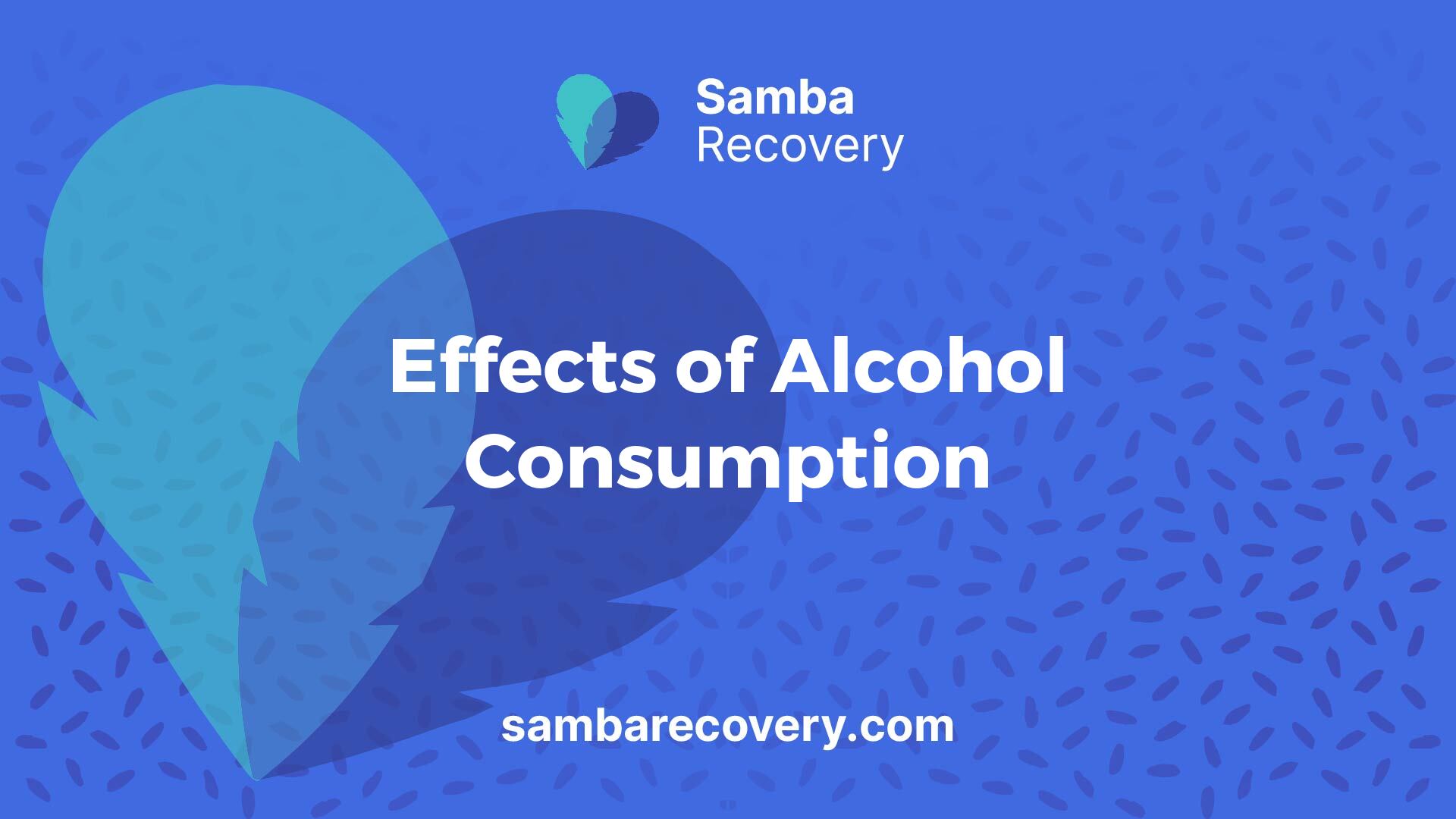
Effects of Alcohol Consumption
Alcohol consumption can have a wide range of effects on the body, impacting various systems and overall health. Understanding these effects is crucial, particularly when considering the question, “are you asking is alcohol a drug?”. Below are some key areas where alcohol can cause significant health implications.
Impact on Bone Health
Long-term alcohol use can negatively affect bone density. Chronic consumption leads to thinner bones, increasing the risk of fractures if a person falls. In addition to a higher susceptibility to breaks, weakened bones may heal more slowly due to alcohol consumption [2].
ImpactDescriptionBone DensityLong-term alcohol use results in thinner bones.Fracture RiskIncreased risk of fractures from falls.HealingWeakened bones heal slower.
Effects on the Immune System
Heavy drinking reduces the body’s natural immune system function. This impairment makes it harder to protect against germs and viruses. Studies have shown that individuals who consume large quantities of alcohol over time are more likely to develop pneumonia or tuberculosis. The World Health Organization (WHO) links approximately 8.1 percent of all tuberculosis cases worldwide to alcohol consumption [2].
ConditionRisk FactorPneumoniaHigher likelihood in heavy drinkers.Tuberculosis8.1% of global cases linked to alcohol.
Influence on the Central Nervous System
Alcohol has significant detrimental effects on the central nervous system (CNS). It can damage the frontal lobe of the brain, which affects executive functions such as abstract reasoning, decision-making, social behavior, and performance. Chronic heavy drinking can result in permanent brain damage, leading to conditions like Wernicke-Korsakoff syndrome, known for its effects on memory.
EffectDescriptionBrain DamageChronic drinking can damage the frontal lobe.Memory IssuesWernicke-Korsakoff syndrome affects memory.Executive FunctionImpaired decision-making and social behavior.
The consequences of alcohol consumption extend far beyond initial effects, addressing significant health risks that require attention, especially for individuals questioning the nature of alcohol as a drug. Understanding these health impacts is essential for making informed decisions about alcohol use and recognizing potential symptoms of alcohol-related issues. For further information on alcohol addiction, people may find the topic of what causes alcoholism? particularly insightful.
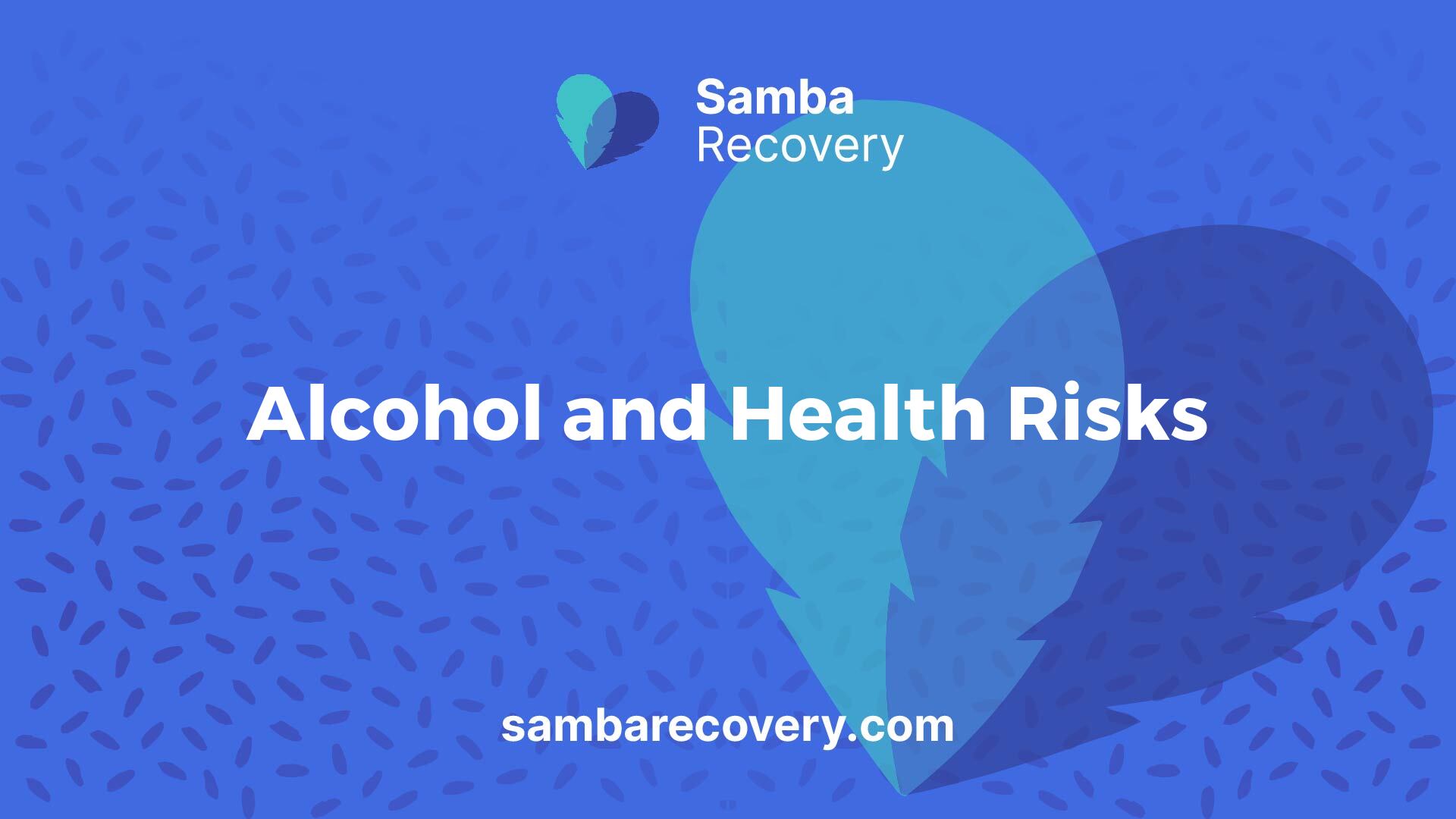
Alcohol and Health Risks
Risks During Pregnancy
Alcohol consumption during pregnancy presents significant risks. No amount of alcohol is considered safe for pregnant individuals. It can lead to severe consequences such as miscarriage, stillbirth, or premature delivery for the baby. Additionally, children exposed to alcohol in the womb may face complications known as fetal alcohol spectrum disorders (FASDs) after birth [2]. FASDs can result in a range of lifelong physical, behavioral, and learning difficulties.
A table highlighting the potential risks associated with alcohol use during pregnancy is as follows:
RiskDescriptionMiscarriageIncreased likelihood of pregnancy loss due to alcohol intake.StillbirthThe death of a baby at or after 20 weeks of pregnancy.Premature DeliveryBirth occurring before 37 weeks of pregnancy.Fetal Alcohol Spectrum DisordersConditions resulting from prenatal alcohol exposure affecting behavior and cognition.
For more insights into the effects of alcohol during pregnancy, refer to our article on the effects of drug & alcohol use during pregnancy.
Historical Perspectives: Prohibition Era
The Prohibition era in the United States, which lasted from 1920 to 1933, was a critical period in the nation’s relationship with alcohol. The primary goal of Prohibition was to control the supply and consumption of alcoholic beverages. Despite various enforcement efforts, it was widely violated through activities like bootlegging.
During Prohibition, alcohol consumption declined significantly, with indicators like alcohol overdose deaths and cirrhosis mortality reaching lows that had not been observed before or since the 20th century [1]. Nevertheless, the dramatic societal challenges and failures associated with Prohibition, including a rise in crime and corruption, led to its eventual repeal.
This historical context underscores the complexities surrounding alcohol regulation and public health. Understanding these dynamics helps frame contemporary discussions on alcohol use and addiction. For further reading on the implications of alcohol use, consider our articles on what causes alcoholism? and signs of alcoholism you can’t avoid.
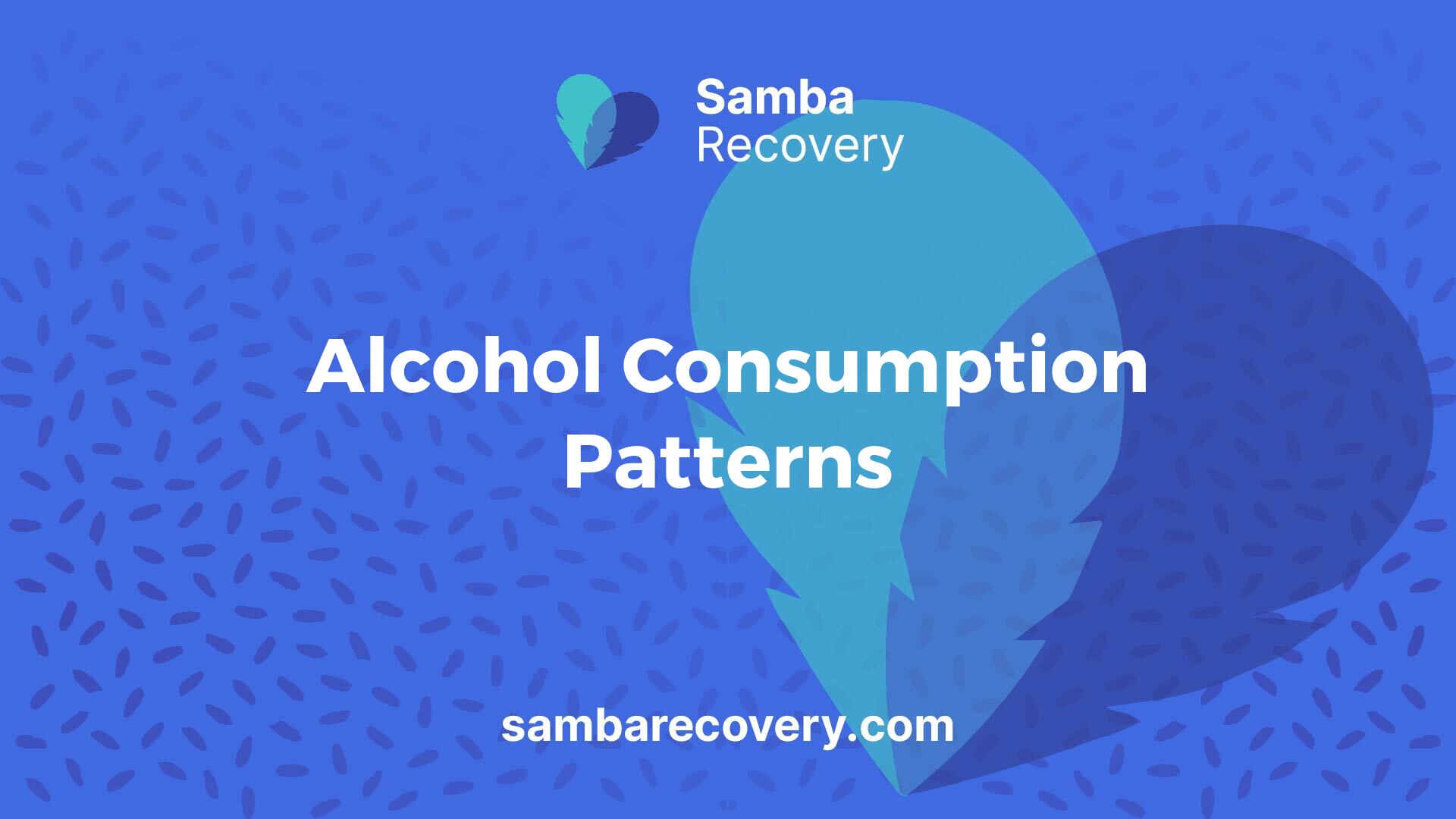
Alcohol Consumption Patterns
Exploring the consumption patterns of alcohol reveals the significant influence that taxation, pricing, and regulatory trends have on public health outcomes.
Taxation and Price Influence
Research indicates that alcohol consumption is closely related to its price. Studies have shown that issues like highway crash fatalities and cirrhosis deaths decline with increased alcohol prices. Even minor tax increases on alcohol can lead to a decrease in consumption, highlighting a direct correlation between pricing strategies and public health NCBI Bookshelf.
Tax ChangeExpected Impact on Consumption10% increase3-5% decrease in consumption5% increase1-2% decrease in consumption
According to data, significant increases in real prices and restrictions on availability have been found to reduce overall consumption levels effectively, particularly among heavy drinkers. However, current trends show a decline in alcohol taxes and prices, which may worsen alcohol-related issues in society.
Regulatory Trends and Public Health
Since the repeal of Prohibition in 1933, the focus of alcohol regulation in the United States has shifted towards market order and tax revenue maximization. Agencies such as the Bureau of Alcohol, Tobacco, and Firearms (BATF) oversee various aspects of the alcohol industry, including licensing and advertising regulations [1].
The current trajectory of regulatory activity aims to expand the supply of alcoholic beverages, leading to lower prices. This decrease in prices could result in increased consumption and related health issues, as evidence supports the notion that demand for alcohol is sensitive to price fluctuations [1]. Additionally, any alcohol consumption by underage youth is classified as alcohol abuse, emphasizing the need for legal restrictions and health initiatives to prevent underage drinking.
Exploring these consumption patterns provides a clearer understanding of the complexities surrounding alcohol regulation, taxation, and their relationship with public health. For further information on alcohol addiction, consider visiting what causes alcoholism? or signs of alcoholism you can’t avoid.
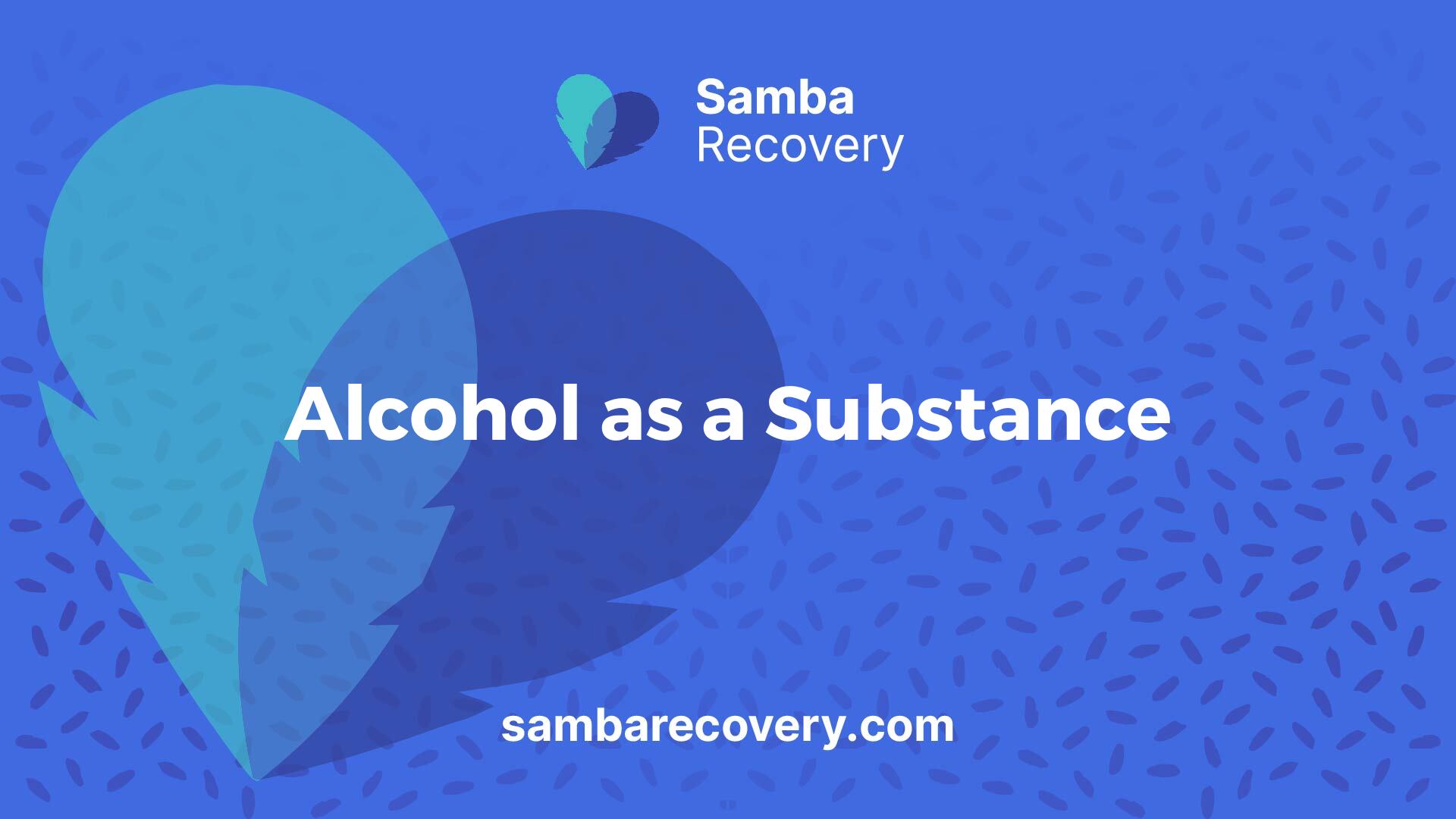
Alcohol as a Substance
Understanding the nature of alcohol as a substance is crucial in addressing issues related to alcohol addiction. This section discusses the classification of alcohol and the differentiation between alcoholism and alcohol abuse.
Classification and Abuse
Alcohol is classified as a drug due to its ability to alter consciousness and its potential for habit formation. This classification is essential in recognizing the implications of its use and abuse from both medical and social perspectives. Alcohol’s classification highlights its potential to cause addiction, much like other substances that are officially recognized as drugs [3].
The following table summarizes how alcohol is classified based on its effects:
ClassificationDescriptionLegal SubstancePermitted for those of legal drinking agePsychoactive DrugAlters mental state and consciousnessAddictive SubstancePotential for dependence and abuse
Additionally, any alcohol consumption by individuals under the legal drinking age is considered alcohol abuse, underlining the health risks and legal ramifications associated with underage drinking.
Differentiation: Alcoholism vs. Alcohol Abuse
Distinguishing between alcoholism and alcohol abuse is essential for understanding alcohol-related issues. Alcoholism is classified as a chronic disease and is characterized by several key indicators:
In contrast, alcohol abuse refers to the hazardous use of alcohol in a manner that may not meet the clinical criteria for dependence. While both conditions involve problematic drinking, alcoholism indicates a more profound level of physical and psychological dependency [3]. This distinction is vital for determining the appropriate treatment and support needed for individuals facing these challenges.
For those seeking more insight into the nature of alcoholism, consider reading about what causes alcoholism? or identifying signs of alcoholism you can’t avoid. Understanding these differences can aid in recognizing the seriousness of these conditions and the necessary steps towards recovery.
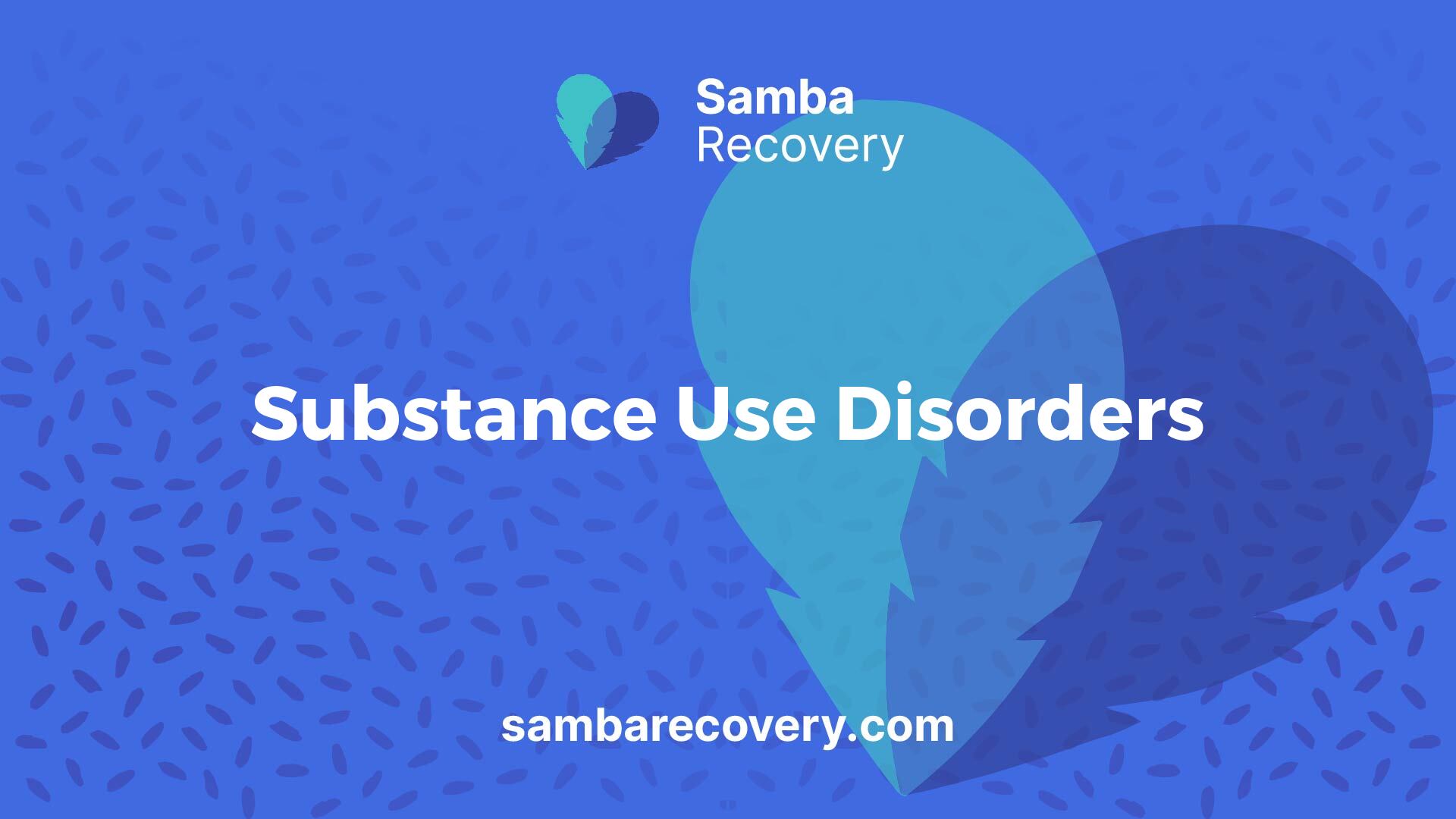
Substance Use Disorders
Understanding the complexities of substance use disorders, particularly in the context of alcohol addiction, is crucial. People often ask, “are you asking is alcohol a drug?” This question reflects the ongoing debate regarding the classification of alcohol and its potential for addiction.
Understanding Addiction
Addiction is characterized by the compulsive use of substances despite adverse consequences. It is essential to note that not everyone who uses alcohol or drugs will develop an addiction. Factors such as genetic makeup, age of initiation, psychological conditions, and environmental influences contribute to the risk of developing a substance use disorder.
Addiction manifests through powerful cravings and changes in behavior. It often leads individuals to prioritize substance use over important life responsibilities. Understanding these dynamics can aid in addressing the issue effectively.
Neurobiology and Addiction Cycle
The neurobiology of addiction reveals many underlying mechanisms that influence the development and persistence of substance use disorders. When individuals initially use addictive substances, including alcohol, they frequently experience intense pleasure and euphoria. This initial effect motivates continued use, despite the high risks involved.
Over time, progressive changes occur in the brain. As one misuses alcohol or other substances, the transition from controlled use to chronic misuse becomes apparent. This creates challenges in regulating cravings and responses. These brain changes can persist even after the cessation of use, enhancing the risk of relapse and cravings.
Statistics indicate that over 60% of individuals treated for a substance use disorder relapse within the first year following treatment [4]. The understanding of addiction as a medical condition has helped reduce stigma while promoting the integration of treatment into mainstream healthcare. Ongoing research focuses on developing effective medications for various substance use disorders, including alcohol, opioids, and nicotine.
For individuals struggling with alcohol issues, it is crucial to recognize the signs and seek help. Knowledge about treatment options is available, such as those listed in articles on what causes alcoholism? and signs of alcoholism you can’t avoid. Understanding these factors empowers individuals to take proactive steps toward recovery and health.
References
[2]:
[3]:
[4]:






